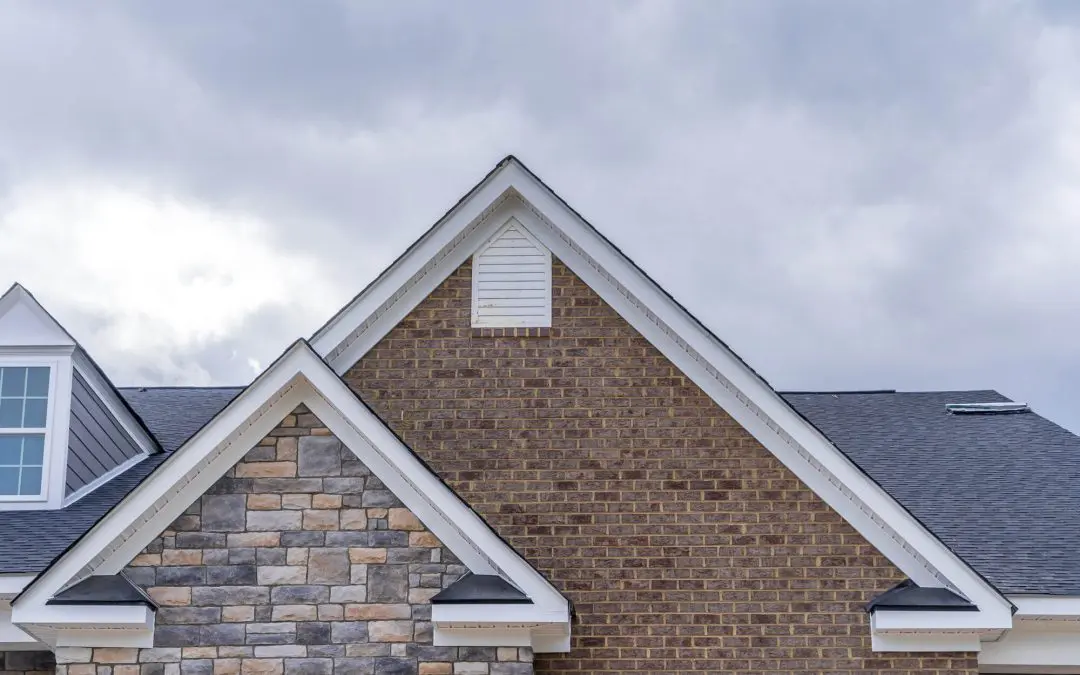While attic ventilation is not often considered during home repairs and maintenance, it is essential to keeping your property in good condition. A dry attic with optimal temperatures boosts efficiency around your home. It also improves air quality by preventing mold growth. Here are a few important points about attic ventilation.
Why is Attic Ventilation Necessary?
Attic ventilation works based on a simple rule: warm air rises. Vents installed along the roof encourage good airflow. Cooler air flows into the attic through intake vents, and warmer air leaves via exhaust vents.
Adequate ventilation is necessary no matter the season. Good airflow ensures the temperature and humidity are the same outdoors and in your attic, keeping humidity to a minimum.
Different Types of Attic Ventilation Vents
Vents are the main component of any attic ventilation system. They allow the exchange of air, which keeps the roof safe from excess heat and moisture. There are two basic types of attic vents.
1. Intake Vents
These are openings that allow air into the attic from outside. They might be soffit or rooftop intake vents. However, soffit vents are more common and located at the lowest part of the roof, which is an ideal spot to allow fresh air.
Soffit vents can be individual vents, ventilated soffit panels, or continuous strips. You can install rooftop intake vents if your home doesn’t have soffits.
2. Exhaust Vents
Exhaust vents allow air out of the attic. Because warm air rises, these vents are installed at the highest part of your roof, where air rises and can easily escape. There are three types of exhaust vents:
-Static exhaust vents use natural airflow to circulate air.
-Powered exhaust vents derive their power from solar or electricity to remove humid air from the attic. These often have a thermostat control.
-Mechanical exhaust vents use the wind to turn a turbine and move air through the attic.
Choosing the Best Vents for Your Home
Each house is unique. So, there isn’t a single type of vent that will suit every home. The best vent depends on a home’s roof design and architectural style. Climate also plays a significant role in choosing the right type of vents. A roofing professional understands attic ventilation and can make recommendations for your property.
Tips to Check Attic Ventilation
Verify the vents are working effectively by occasionally checking the attic. Monitor the temperature and humidity to avoid mold growth, water damage, and rotting wood. Check the attic for damp insulation, mold, and rust on metal fasteners.
If the attic vents are blocked, clear away leaves, dirt, or insulation to allow for better circulation. Air must be able to pass freely through space. Monitor the temperature in your attic and add additional powered vents if the heat is excessive.
Brand Name Home Inspections offers inspections to customers in Northern California. Contact us to schedule an appointment.

